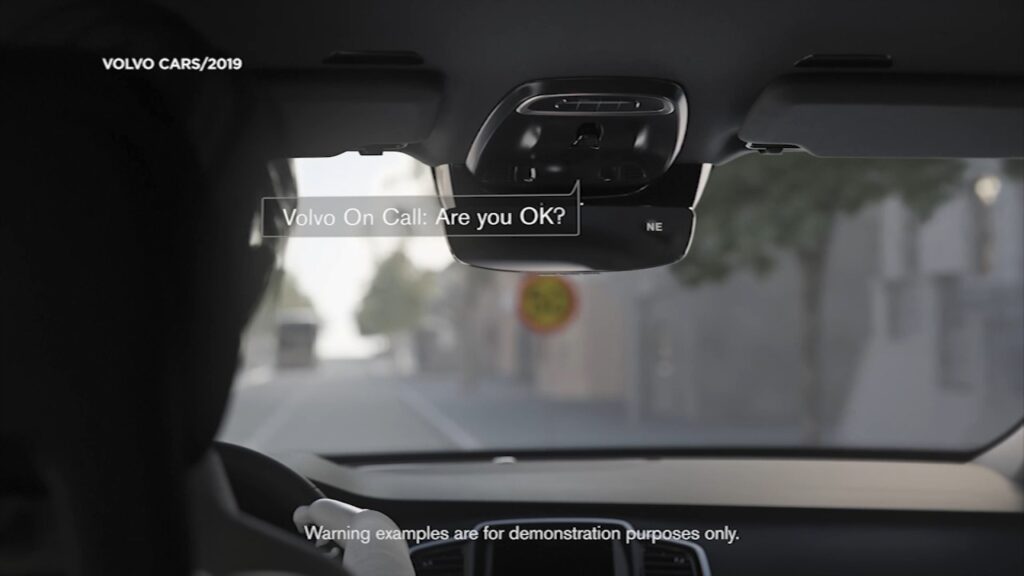SAN FRANCISCO — In the next few years, car companies could be required to include features that check drivers for alcohol use. The National Transportation Safety Board (NTSB) is recommending all new vehicles in the U. S.
be designed with blood alcohol monitoring systems that can stop a drunk driver. The idea is to use advanced tech to curb drunk driving. The effort was accelerated on Tuesday.
The NTSB wants Alcohol Detection Systems (ADS) in all new vehicles. “I look at this technology as part of this progression we see in car technology,” San Jose State University engineering professor and tech expert Ahmed Banafa said. “Electrical vehicles, having self-driving cars.
Now, we were talking about safety. ” RELATED: Simulated drunk driving teaches teens about danger behind the wheel Banafa broke down the idea of passive alcohol detection systems – which wouldn’t require drivers to perform a task like blowing into a breathalyzer before hitting the road. The car itself would be designed not to hassle or distract a sober driver.
Instead, automatic sensors would stop a drunk driver from taking off. “Especially when you’re starting the car, this is the first time it’s going to just try to get a sense of your breath,” he said. “The second technology they’re talking about is checking your fingers.
For example, your touch, the touch technology where there’s a light that will check it and see what’s the level of alcohol there. ” The NTSB’s recommendation on Tuesday comes as part of its investigation of a 2021 deadly collision near Fresno. A drunk driver crashed head-on with another vehicle on New Year’s Day, killing both adult drivers and seven children ranging from 6 to 15 years old.
Stephanie Manning, chief government affairs officer for Mothers Against Drunk Driving (MADD) weighed in. “Those children and those adults should be alive today,” she said. “There’s no reason that that crash had to occur because we have the technology to prevent that crash and other crashes that happen day in and day out.
” RELATED: Uber wants to patent technology to detect drunk riders Volvo has been working on such tech for some years, including in-car cameras and other sensors to monitor the driver and allow the car to intervene in the case of clear intoxication or distraction. “This is truly the beginning of the end of drunk driving. MADD victims and survivors got a tremendous victory working with our champions – members of Congress on both sides of the aisle getting a national standard passed last year,” Manning said.
“And NTSB coming out with today’s recommendations just validates everything that victims and survivors have been talking about and working on for years. ” The NTSB has no regulatory authority and can only ask other agencies to act. It’s using the recommendation to add pressure on the National Highway Traffic Safety Administration (NHTSA) to move.
A law passed last year gives the agency a three-year timeline. In an NTSB release, the agency described, “Driving under the influence of alcohol remains a leading cause of injury-involved highway crashes. Since 2000, more than 230,000 people have lost their lives in crashes involving alcohol-impaired drivers according to NHTSA.
In 2020, an estimated 11,654 fatalities occurred in alcohol-impaired crashes. ” According to the agency, data represented about 30% of all traffic fatalities that year and a 14% increase over the 10,196 individuals who died because of alcohol-impaired crashes in 2019. “Speeding is also a problem that research suggests is worsening.
In 2020, there were 11,258 fatalities in crashes in which at least one driver was speeding, according to NHTSA,” the release shared. “Speeding increases both the chances of being involved in a crash and the severity of crash injuries. ” RELATED: Tennessee bill requires drunk drivers to pay child support to children of victims NTSB Chair Jennifer Homendy said, “We need to implement the technologies we have right here, right now to save lives.
” “It is not something which is impossible,” Banafa said. “We can do it. It’s a matter of the government pushing for this, the people are pushing for this, the automakers – they see an opportunity in this for them to say, ‘Our car is safer than the other cars.
‘” NHTSA told ABC7 News in response: “The only acceptable number of impaired driving crashes is zero. The agency has initiated work to meet the Bipartisan Infrastructure Law’s requirement for rulemaking concerning advanced impaired driving technology in vehicles. ” “It’s gonna take time.
We have 280 million cars in the United States and on the roads now. So you’re talking about models – next model and the next one,” Banafa told ABC7 News. “So it’s gonna be few years before we can see it – 2024, 2025 is the promise we hear from the companies.
” Manning with MADD said, “This technology won’t hassle the sober driver. You won’t notice any differences in your driving experience, assuming you’re not breaking the law and driving impaired. ” “And really, we’re talking about a time when our roadways are facing a real crisis with impairment, speed-related crashes,” she continued.
“We’re going in the wrong direction with fatalities on our roads. ” If you’re on the ABC7 News app, click here to watch live.
From: abc13
URL: https://abc13.com/ntsb-car-breathalyzer-drunk-drivers-to-start-detects/12247366/
